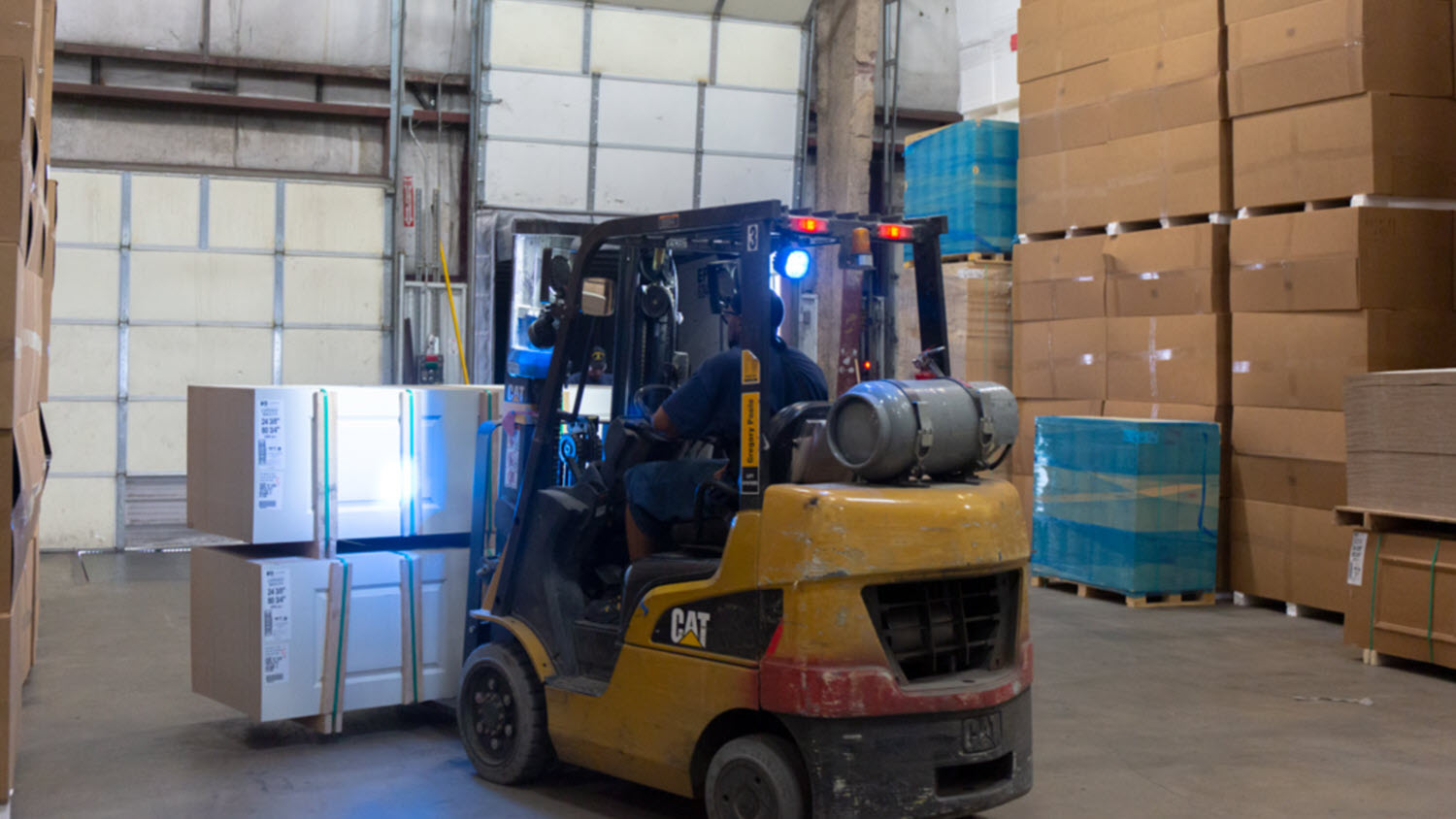Molded doors are used in a variety of residential interior applications. They feature four primary components – door skins, cores, stiles and rails. After receiving all the materials, Steves is ready to start the production process.
A picker will gather the items needed for an order. The solid core is routed to the door’s design so the skin can fit properly and the skins are cut to size.
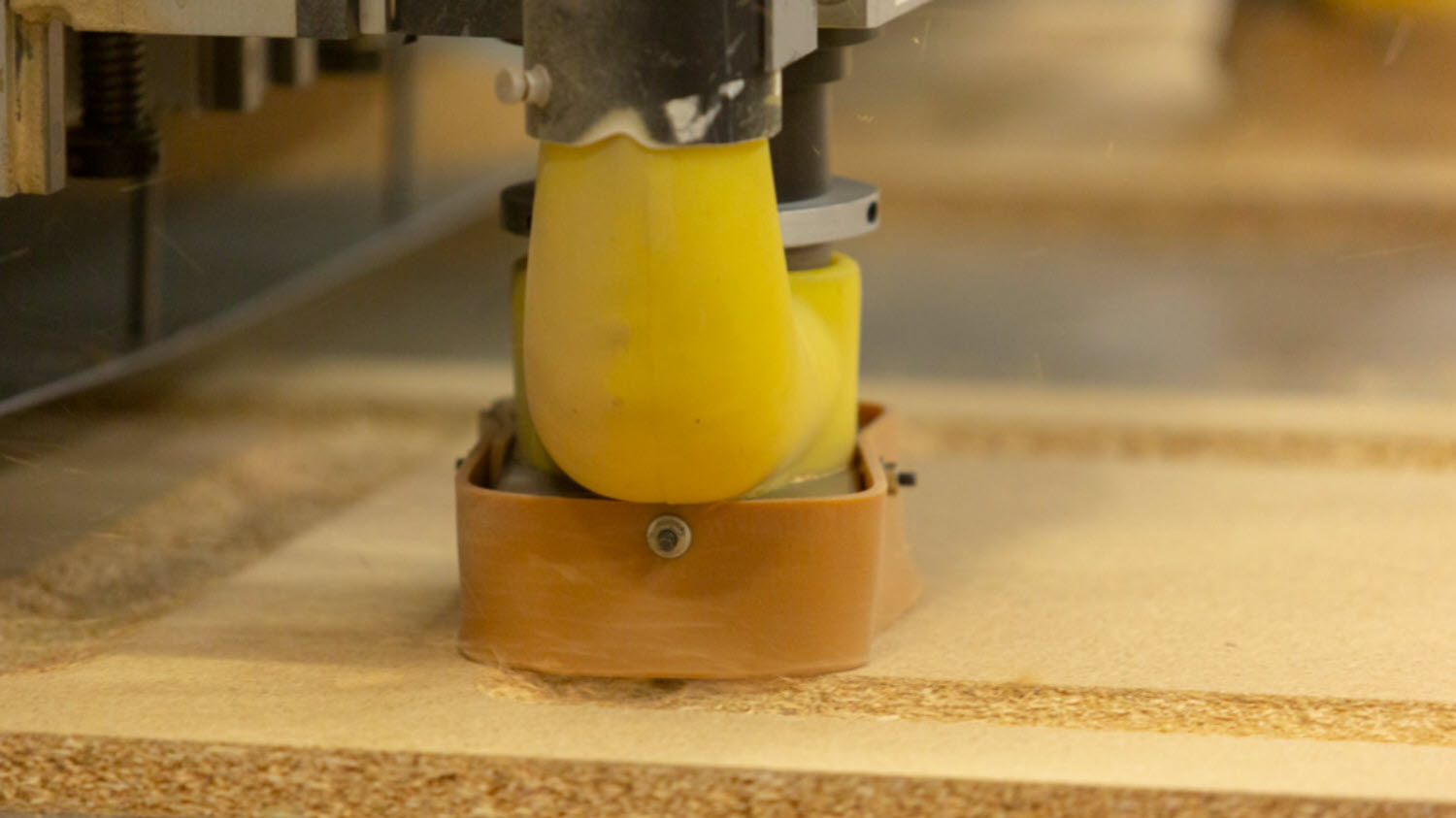
The stile and rail pieces used come in standard heights and widths, however the lock block necessary for the doors must be cut to size. If any doors are special order to a non-standard size, the skin and core must be cut to the proper width and height.
All skins arrive face up; during the final assembly process there is a lot of glue used which could potentially damage the face of the skin. Therefore, the skins are organized face to face for ease during assembly. Recessed panel doors will have a space where the two opposing recessed panels come together. For that reason, Steves places foam in the panel area to help distribute the pressure.
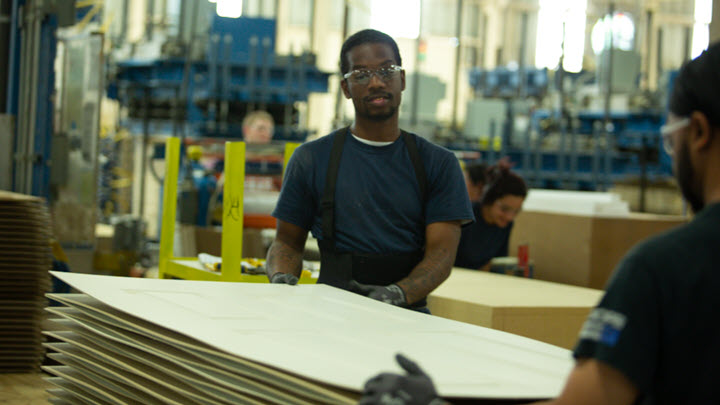
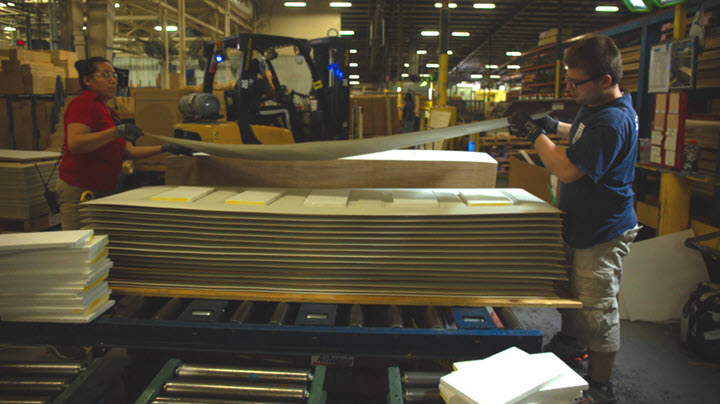
All the pieces and parts make their way to assembly. Here the components go through a glue machine and are then arranged on top of the door skin and a matching skin is placed on top to complete the unit.
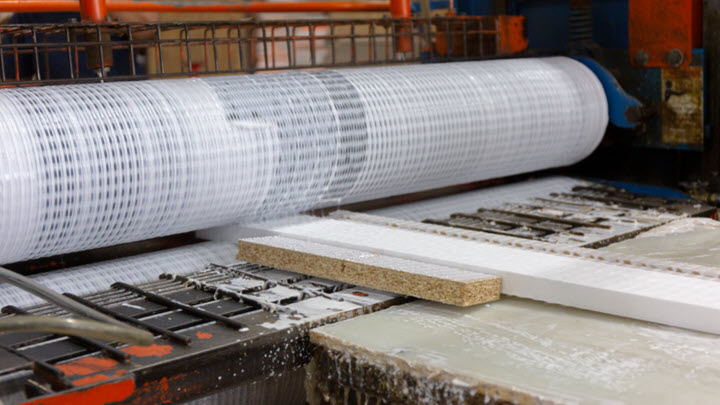
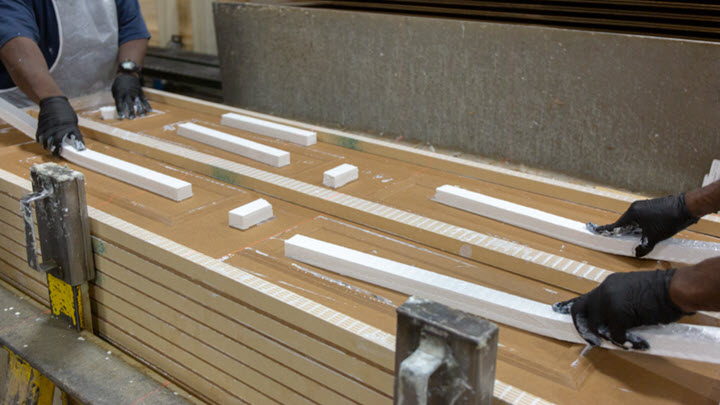
Once a stack of doors is assembled, they move into a press. The doors are pressed for 30 minutes in a cold press; this is the point of the process where the foam previously placed in the panel area is very important. The doors then sit in a drying area until the glue is fully dries. Dry time varies between 10 and 24 hours.
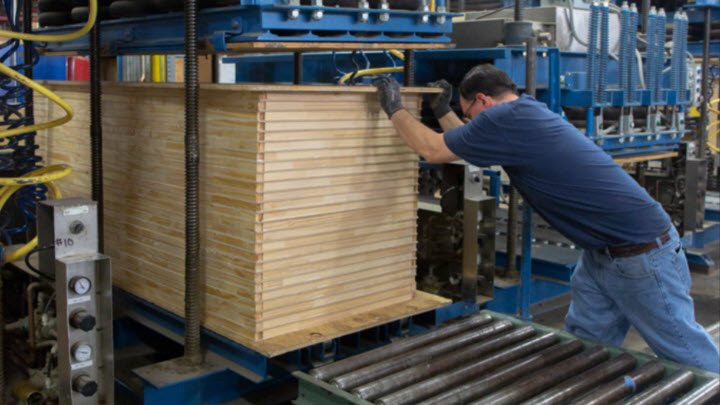
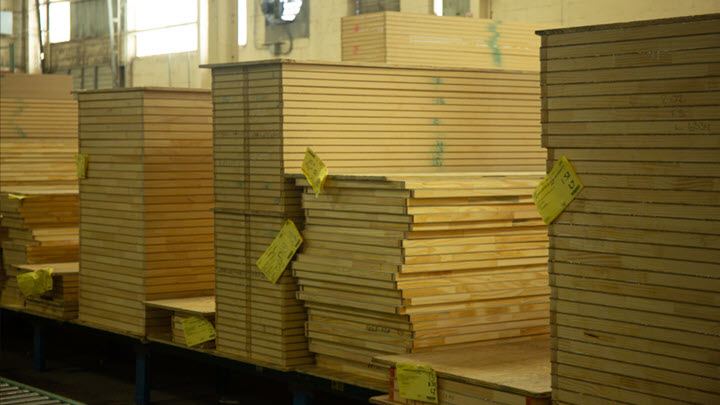
A sizer machine trims the edges of the door. The first cut will trim the width and the second cut will trim the height. To cover the freshly trimmed portions, the doors travel through a priming machine. Drying tunnels with heaters and fans help to dry the doors quicker. A buffing station will then make the edges smooth.
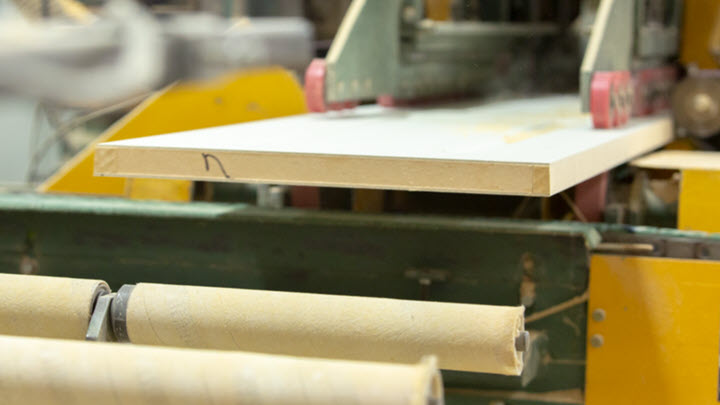
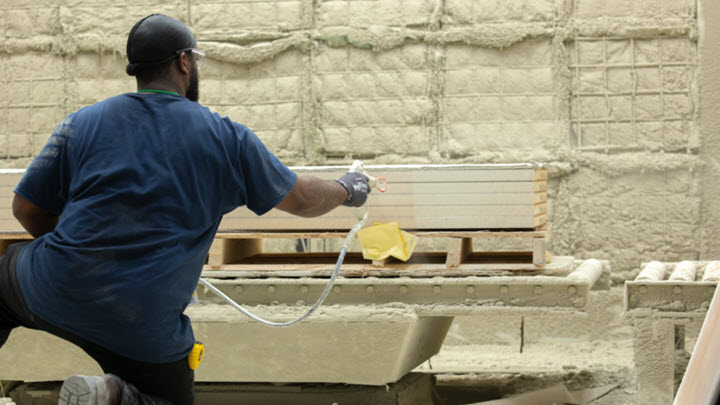
Some of the doors move over to be packaged for bifold units. The doors are wrapped to keep them on the pallet. Finally the doors are staged and readied for loading into trucks for shipping.
